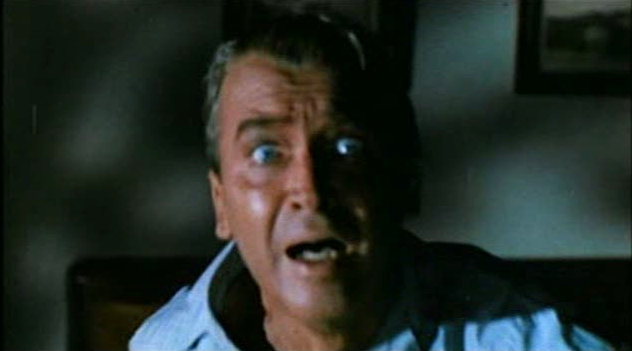A proof of concept study shows that wearing a pair of special goggles can make diagnosis of vertigo cause easier
Diagnosing the root cause of vertigo may be as easy as wearing a pair of goggles. Vertigo is a form of severe dizziness that can result in a loss of balance, a feeling of falling, trouble walking or standing, or nausea.
There is more than one type of vertigo, each with a different cause, and sometimes requiring different treatment.

Now a proof-of-concept study has found that special goggles that measure eye movements during an episode of vertigo may help more accurately diagnose which type of vertigo a person has. The study has been published in the May 15, 2019, online issue of Neurology®, the medical journal of the American Academy of Neurology.
“Vertigo can be a disabling condition, so an accurate diagnosis is important to effectively treat and stop the vertigo as soon as possible,” said study author Miriam S. Welgampola, MD, PhD, of the University of Sydney in Australia and a member of the American Academy of Neurology. “Observing a person’s eye movements during an episode can help make the diagnosis, but people don’t always have an episode when they are at the doctor’s office.”
Researchers taught each participant how to use the goggles to record video of their eye movements at home whenever they had a vertigo episode
For the study, researchers gave participants a pair of video-oculography goggles that record the uncontrolled eye movements that accompany vertigo.
The study involved 117 people who had been previously diagnosed with one of three conditions that cause vertigo. Of the group, 43 people had Meniere’s disease, an inner ear disorder that can affect hearing and balance, 67 had vestibular migraine that can cause vertigo but may not cause a headache, and seven had benign paroxysmal positional vertigo, one of the most common causes of vertigo, where a person’s head movements trigger the episodes.
Researchers taught each participant how to use the goggles to record video of their eye movements at home whenever they had a vertigo episode. Eye movements that accompany vertigo are repetitive and uncontrolled, and the eyes can move side to side, up and down or around in circles.
For the majority of people with Meniere’s disease who had fast horizontal eye movements, the goggles were able to diagnose the type of vertigo accurately with a sensitivity of 95 percent and a specificity of 82 percent. Sensitivity is the percentage of actual positives that are correctly identified as positive. Specificity is the percentage of negatives that are correctly identified. By comparison, audio tests for Meniere’s disease have both a sensitivity and specificity of 91 percent.
The patterns of eye movements were more mixed for those with vestibular migraine. However, up and down, repetitive, uncontrolled eye movements had a high specificity of 93 percent, but a low sensitivity of 24 percent.
For those with benign paroxysmal positional vertigo, the sensitivity was 100 percent and the specificity was 78 percent.
“While further studies are needed in larger groups, providing people with a pair of goggles that they can easily use at home to record eye movement has the potential to help with vertigo diagnosis not only by a neurologist in a clinic, but also by physicians in an emergency room and physicians diagnosing patients remotely as well,” said Welgampola.


